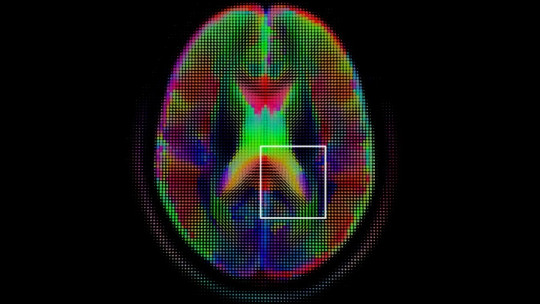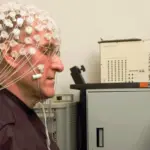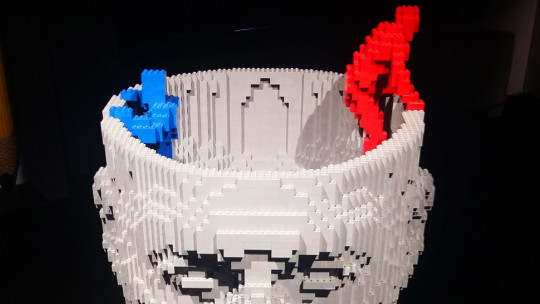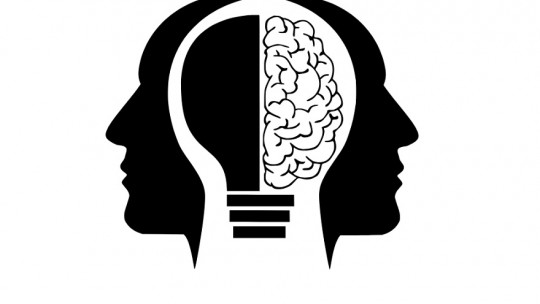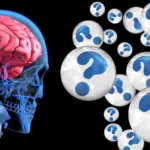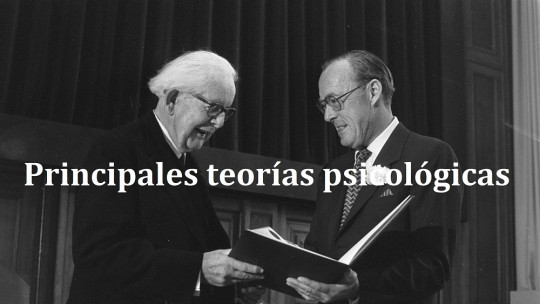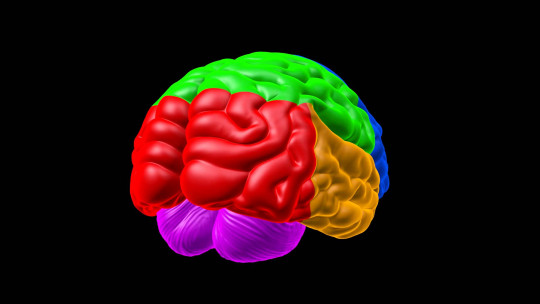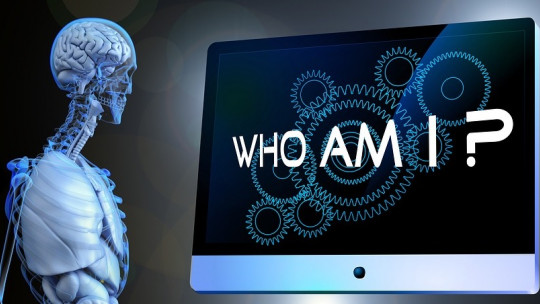
A particularly influential current within cognitivism has been the theory of information processing, which compares the human mind with a computer to develop models that explain the functioning of cognitive processes and the way in which they determine behavior.
In this article we will describe the approaches and main models of information processing theory We will also take a brief historical tour of the conception of the human being as a machine, proposed by all types of theorists for centuries but which reached its culmination with the appearance of this approach.
The theory of information processing
Information processing theory is a set of psychological models that conceive the human being as an active processor of stimuli (information or “inputs”) that it obtains from its environment. This vision is opposed to the passive conception of people that characterizes other orientations, such as behaviorism and psychoanalysis.
These models are included in cognitivism, a paradigm that defends that thoughts and other mental contents influence behavior and must be distinguished from it. They became popular in the 1950s as a reaction to the behaviorist position, predominant at the time, which conceived mental processes as forms of behavior.
The research and theoretical models developed within the framework of this perspective have been applied to a large number of mental processes. It should be noted particular emphasis on cognitive development ; From the theory of information processing, both the brain structures themselves and their relationship with maturation and socialization are analyzed.
Theorists of this orientation defend a fundamentally progressive conception of cognitive development, which is opposed to cognitive-developmental models based on stages, such as that of Jean Piaget, focused on the qualitative changes that appear as children grow (and that also are recognized from the processing of information).
The human being as a computer
The models emerging from this approach are based on the metaphor of the mind as a computer ; In this sense, the brain is conceived as the physical support, or hardware, of cognitive functions (memory, language, etc.), which would be equivalent to programs or software. Such an approach serves as a skeleton for these theoretical proposals.
Computers are information processors that respond to the influence of “internal states”, the software, which can therefore be used as a tool to operationalize the contents and mental processes of people. In this way, we seek to extract hypotheses about human cognition from its unobservable manifestations.
Information processing begins with the reception of stimuli (inputs in computer language) through the senses. Next We actively encode information to give it meaning and be able to combine it with what we store in long-term memory. Finally, a response (output) is executed.
Evolution of this metaphor
Different authors have drawn attention to the similarities between people and machines throughout history. The ideas of Thomas Hobbes, for example, manifest a vision of people as “machine animals” that was also taken up by the father of behaviorism, John Watson, and other representatives of this orientation, such as Clark L. Hull.
Alan Turing, mathematician and computer scientist, published the article “Computational machinery and intelligence” in 1950, in which he described what would later be known as artificial intelligence. His work had a great influence in the field of scientific psychology, favoring the emergence of models based on the metaphor of the computer.
Computational psychological proposals never became hegemonic in themselves; nevertheless, gave rise to the “cognitive revolution” which was rather a natural progression from American mediational behaviorism, with which mental processes had already been added to the basic approaches of the behaviorist tradition.
Models and main authors
Below we will briefly explain four of the most influential models that have emerged within the framework of information processing theory.
Together these proposals explain many of the phases of information processing, in which memory plays a particularly prominent role.
1. The Atkinson and Shiffrin multi-warehouse model
In 1968 Richard Atkinson and Richard Shiffrin proposed a model that divided memory into three components (“programs”, from the metaphor of the computer): the sensory register, which allows the entry of information, a short-term store that would become known as “short-term memory” and another long-term store, long-term memory.
2. Craik and Lockhart’s levels of processing
Shortly after, in 1972, Fergus Craik and Robert Lockhart added to the multi-store model the idea that information can be processed in increasing degrees of depth depending on whether we only perceive it or also pay attention to it, categorize it and/or give it meaning.. Deep processing, as opposed to superficial processing, promotes learning
3. The connectionist model of Rumelhart and McClelland
In 1986 these authors published “Parallel Distributed Processing: Investigations into the Microstructure of Cognition,” which remains a fundamental reference book on this approach. In this work they presented their model of the neural networks for information storage backed by scientific research.
4. Baddeley’s multicomponent model
Alan Baddeley’s proposal (1974, 2000) currently dominates the cognitivist perspective on working memory. Baddeley describes a central executive system that monitors inputs obtained through receptive language (phonological loop), images and reading and writing (visuospatial agenda). The episodic buffer would be equivalent to short-term memory.

